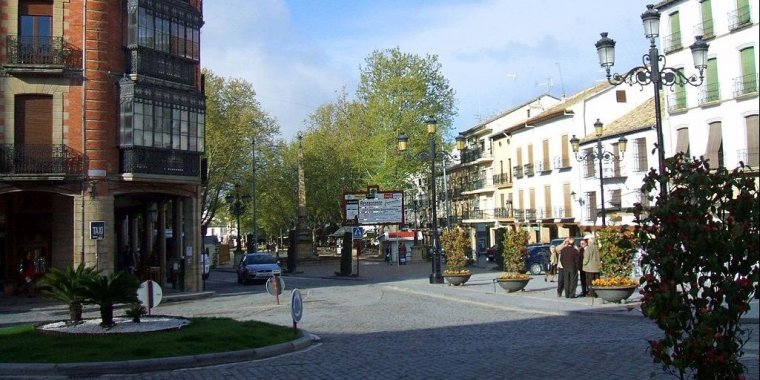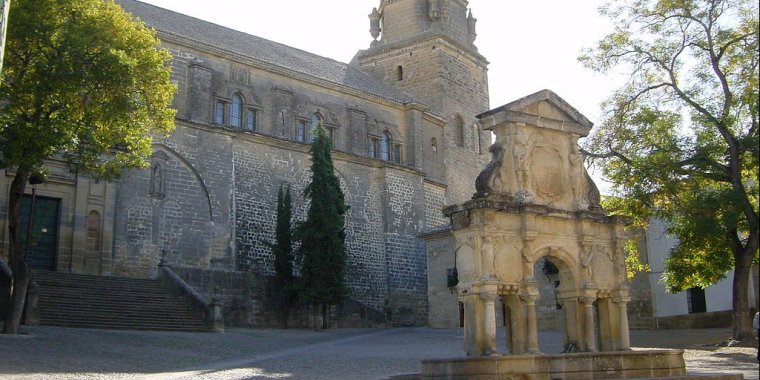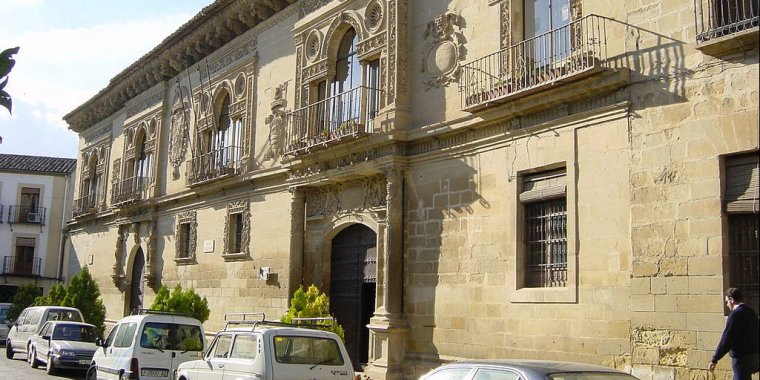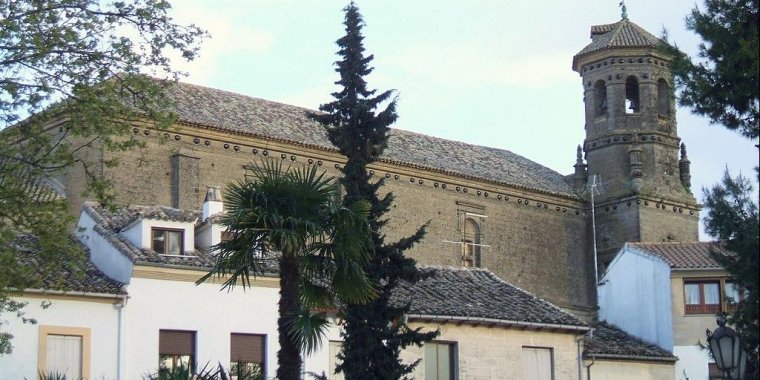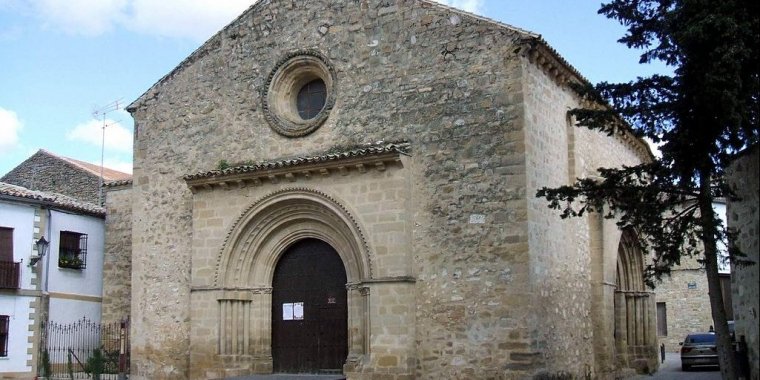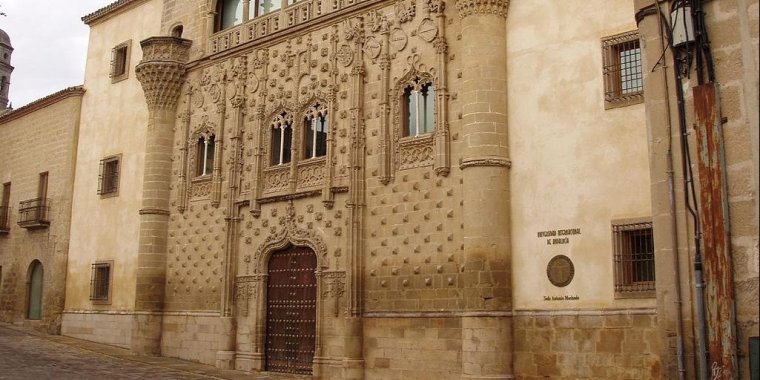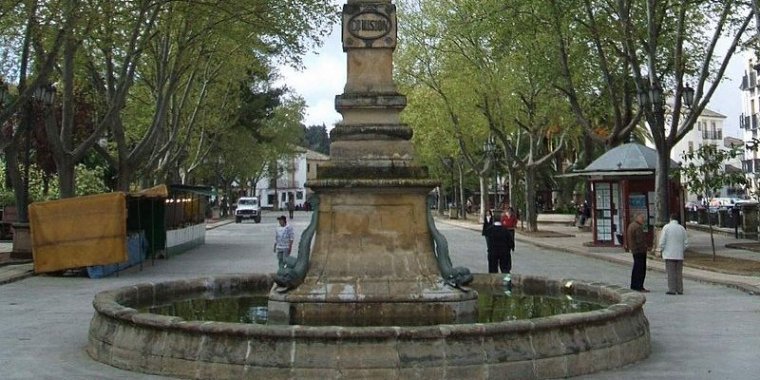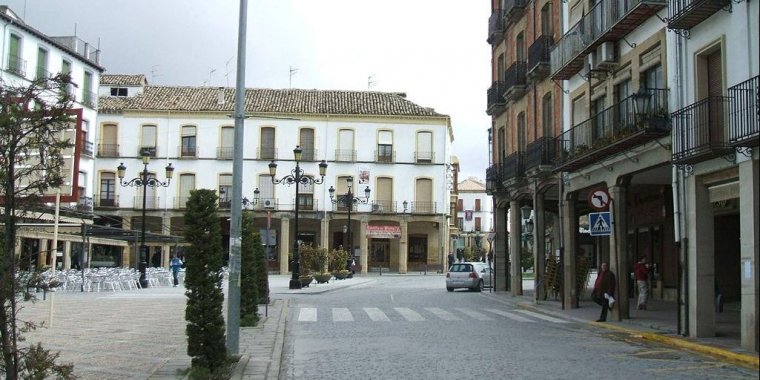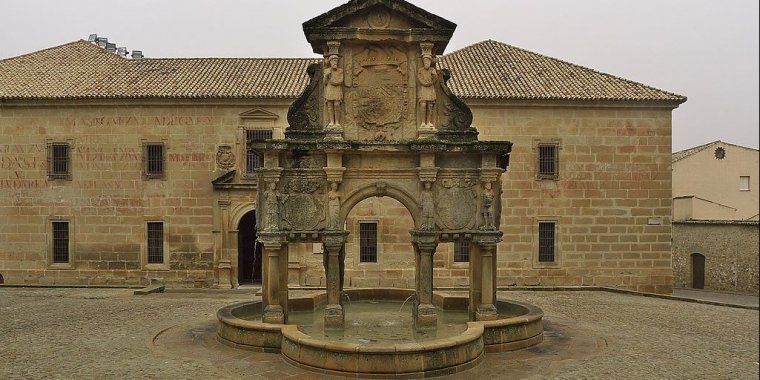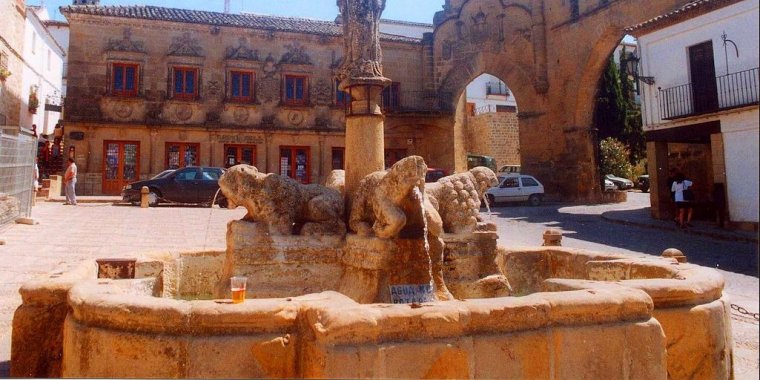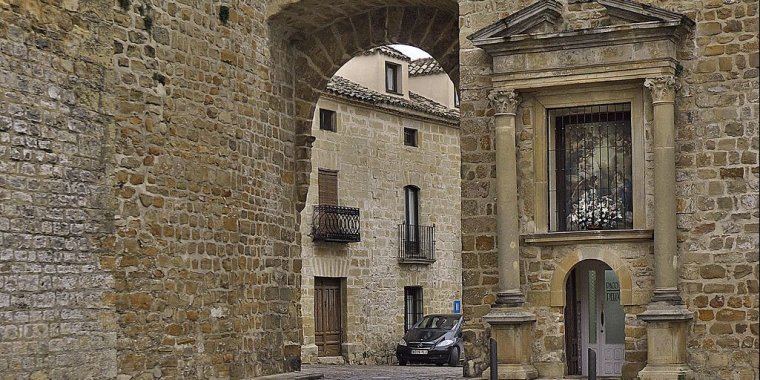| Published in Attractions / Places of Interest |
Tourist Attractions in Baeza, Spain
Baeza lies perched on a cliff in the Loma de Úbeda, the range separating the Guadalquivir River to its south from the Guadalimar to its north. It is now principally famed for having some of the best-preserved examples of Italian Renaissance architecture in Spain. Along with Úbeda, it was added to UNESCO's list of World Heritage Sites in 2003. The former Visigothic bishopric of Baeza remains a Latin Catholic titular see.
• The former Baeza Cathedral is built over a former mosque. It was first used in Christian service in the 12th century during Castile's first period of rule. It was then used as a mosque before its reconquest in the 13th century. The most ancient parts are the cubic base of the bell tower and three (presently hidden) Islamic arches. Most of the present Renaissance-influenced Gothic structure—including the nave with two aisles, pilasters, and crossed vaults—dates to around 1529. The tower was redone in 1549 and the Chapel of St Michael was added in 1560. Construction was completed under Andrés de Vandelvira.
• Town Hall (Ayuntamiento), a Plateresque building originally built as a combined courthouse and prison, leading to two separate main entrances.
• Baeza University, established in 1533 or 1538, now a secondary school.
• Santa Cruz Church, a Romanesque church with a two-aisle nave and semicircular apse. A side wall incorporates a Visigothic arch.
• St Paul's Church, a Gothic church with a Renaissance portal with a two-aisle nave and Gothic chapels. Includes the tomb of Pablo de Olavide.
• The Chapel of St Francis, in the ruins of a Renaissance building from 1538 formerly used as a monastery.
• Jabalquinto Palace (Palacio de Jabalquinto), including an Gothic entrance flanked by two cylindrical pilasters with Plateresque capitals with mocárabes, a Renaissance courtyard, and a Baroque staircase.
• Spain Plaza (Plaza de España)
• Constitution Plaza (Plaza or Paseo de la Constitucíon), including a marble fountain decorated with Caryatides.
• St Mary Fountain (1564).
• The Fountain of the Lions, from the Ibero-Roman ruins of Cástulo and possibly representing Himilce, wife of the Carthaginian general Hannibal.
• The Úbeda and Jaen or Cordova gates.
• The Villalar Arch (Arco de Villalar), erected for Charles V's 1526 visit to honor his 1521 victory at Villalar.
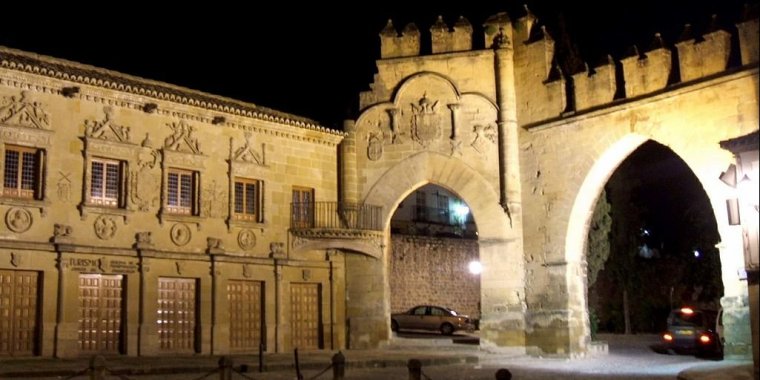
Puerta de Jaén y Arco de Villalar. ![]()
• Seminary or oratorio of St Philip Neri (1660). (Wikipedia)
See also Baeza in Pictures.
YOU MAY ALSO LIKE





 If you own or manage a travel-related business such as a hotel, a bed-and-breakfast, a restaurant, a pub or a cafeteria, you can create a web page for your business for free on Titi Tudorancea Travel Info. » |
